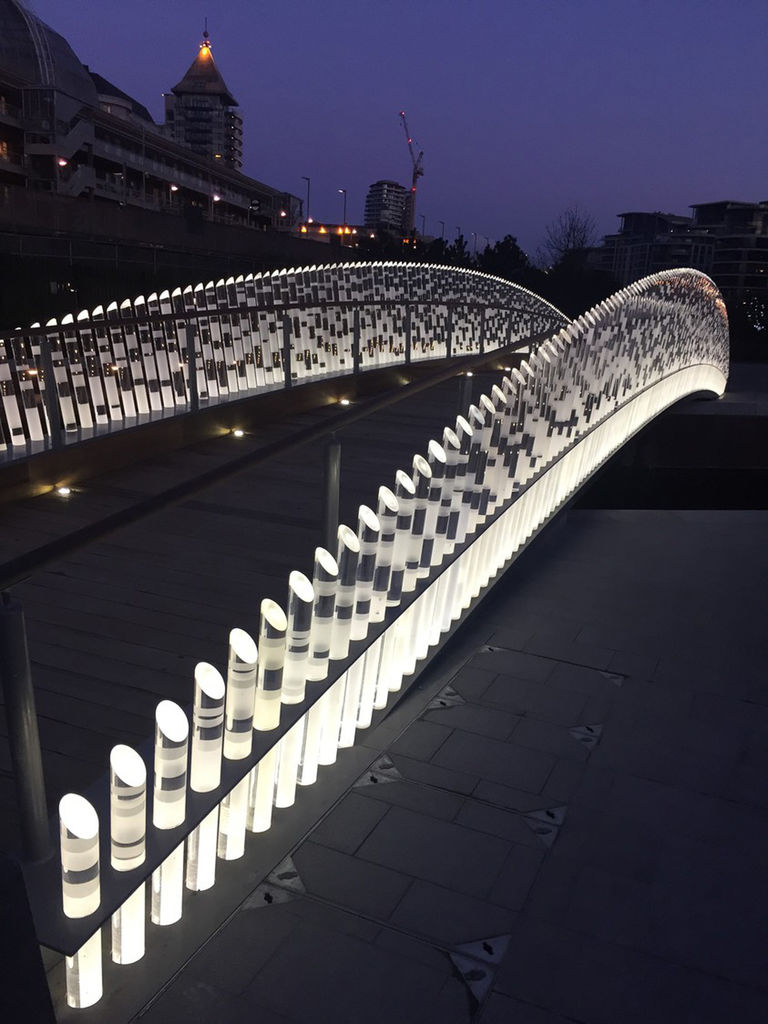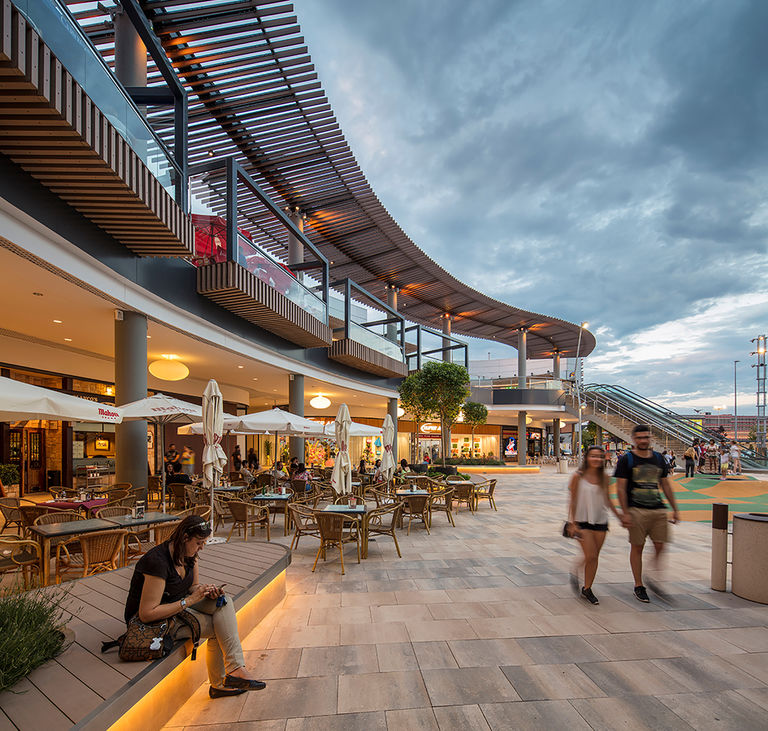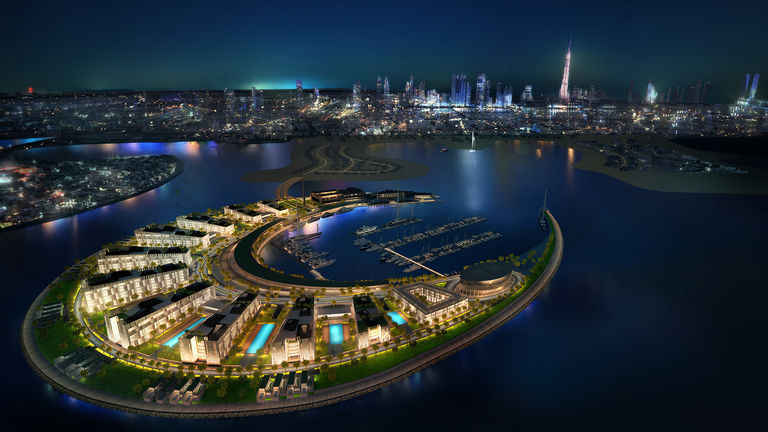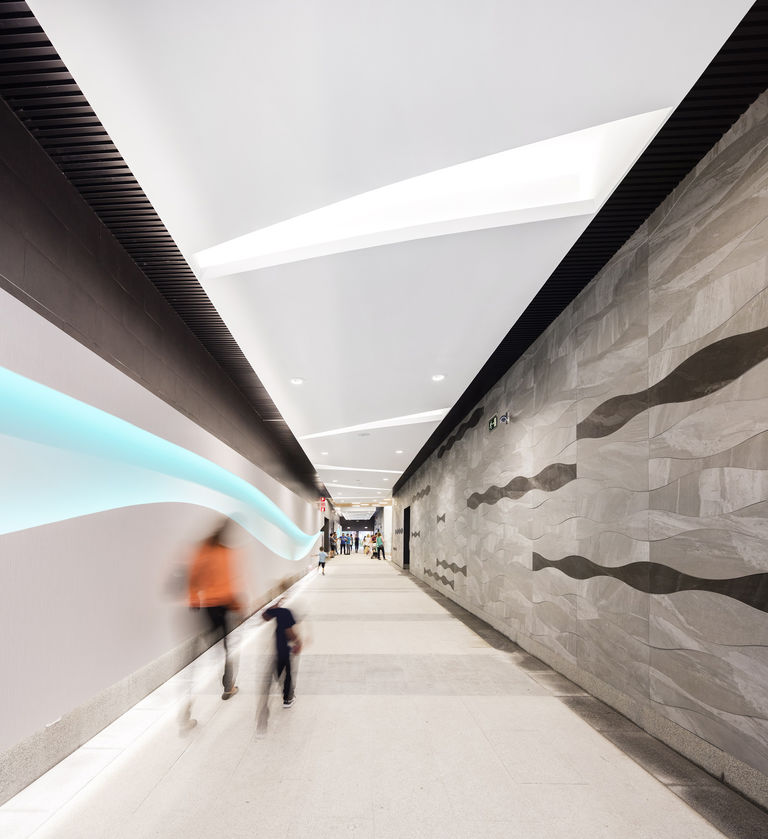They value its capacity to fill spaces with spirit, enhance architecture and display magical effects that work as the emotional link between the user and the space.
However, due to its intangible nature, light can still be a mysterious and complex design element. Its mastery requires a very high level of abstraction, a basic understanding of the physical principles described by Newton, Maxwell and Faraday, an ongoing awareness of the most innovative technological topics, but above all, a meaningful approach to make its role relevant.
Light as a design element is elusive and capricious - the less you see its source, the more powerful its presence becomes. It impregnates surfaces, enhances textures, unfolds volumes, displays perspectives, and even announces the passing of time (but without the unfriendly ticking of the clock). The light, when manipulated with respect and reverence, overwhelms the soul and induces states of awe because its message is driven to the most primitive part of our brains, so no one can escape from its effects.




